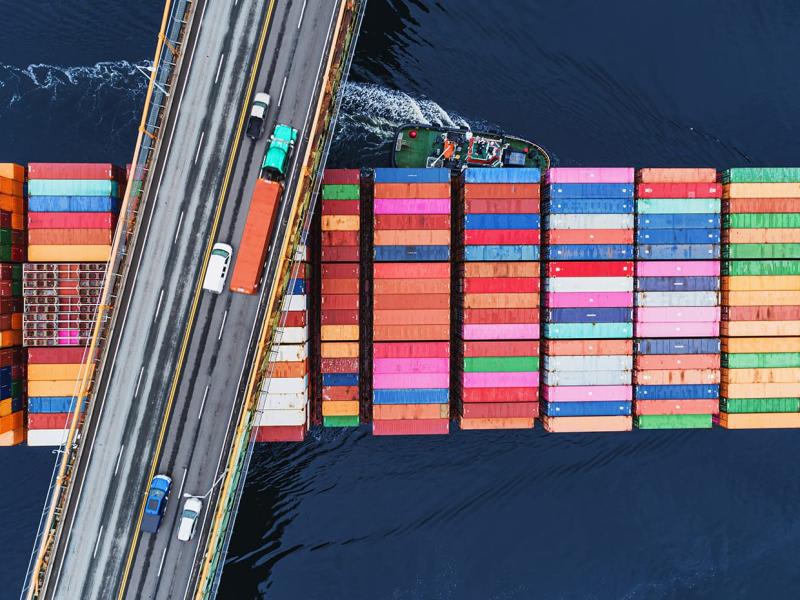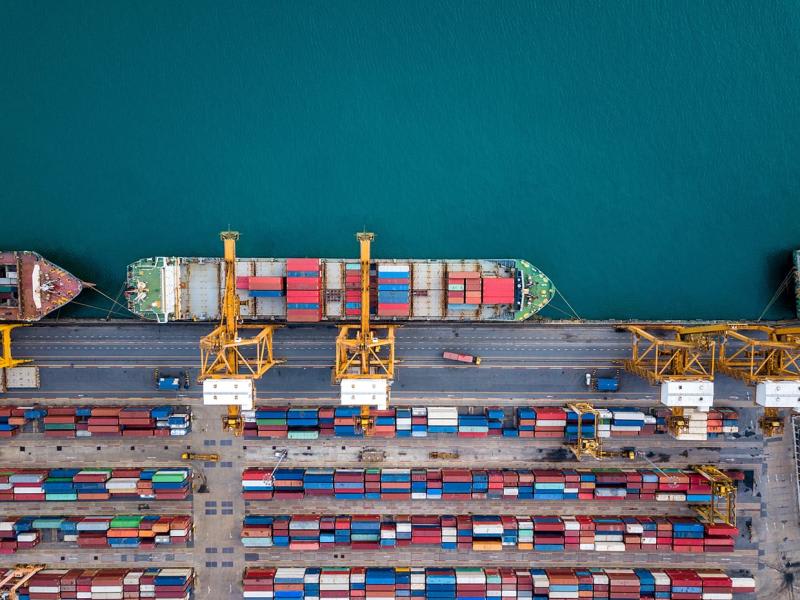Before the British Prime Minister, Theresa May, called a snap election in April, she made a pledge to the electorate that “Brexit means Brexit”, putting the UK on course for a hard Brexit. Theresa May promised certainty when she called the election, but the resulting hung parliament has reopened the debate about what a deal with the EU could look like.
One school of thought holds that Brexit will weaken the UK’s position in global trade as the country will lose collective bargaining power of the EU and will stand alone in trade disputes with the World Trade Organisation. Countering that, others believe Brexit will strengthen the UK’s position, offering opportunities to strike out into new markets.
Regardless of your view, businesses in the UK, Europe and the rest of the world need to prepare their business strategies for May 2019 onwards, and the middle market has a particularly difficult challenge ahead. Multinational corporations have the resources to react to regulatory changes and the scale to absorb cost increases from tariffs, while small, domestic businesses could find themselves shielded from foreign competitors. Middle market businesses, however, have the ambition to grow beyond borders but lack the scale to deal with the added complexity. Despite these challenges, however, I am confident that the middle market will respond with innovation and creativity to Brexit.
The “Norway model” has been widely discussed as an option for the UK and EU going forward. Norway has strong commercial and economic ties to the EU despite not being a member state. This offers clear benefits for the middle market, the free movement of people makes it easier to compete for talent while the free movement of goods ensures a simple and efficient movement of exports and imports either side of the channel. Middle market businesses either side of the channel would be unlikely to see major hurdles to their existing supply chains. However, so called ‘soft’ Brexit is seen as increasingly unlikely. Theresa May has publically taken single market access off the table, while free movement is a particularly thorny political issue.
By far the most likely scenario coming from the negotiations is a Free Trade Agreement (FTA) similar to the agreements the EU has signed with countries outside of Europe, including Canada, Colombia, Ecuador, Mexico, Peru, and South Korea. Politically, an FTA is easier for the UK than pursing the Norway model. However, if an FTA is the way forward, the final deal looks like is still very unclear. Tariffs could be implemented which could impact different industries in different ways thus hindering middle market business overseas. British dairy farmers would face a 36% tariff and cereal producers would face a 16% tariff post-Brexit. This would have a significant impact as the majority of their exports go to the EU: 72% and 69% respectively. This evidence proves that middle market businesses who operate in both regions need to start preparing. Even with a free trade deal in place then, middle market businesses in Europe need to investigate the opportunities in Brexit. Where can cost savings be made, which new markets can be entered to spread risk and where can the costs of tariffs be passed on?
So, the question remains, which model benefits the middle market? We know that the middle market needs access to the European market in some form as they look to expand globally. However, we also know the middle market is agile and can react quickly, whatever the decision is. British middle market firms must be agile and continue to build their relationships abroad, both within the UK and in Europe, to overcome any barriers that Brexit may create.








